Review of the Sigma 20mm f/1.4 Art Lens for Canon – My Ultimate All-In-One Lens
Not all photographers like the idea of using third party lenses. In the recent years, however, many have come to accept that they can be a big help, especially when you run out of alternatives for a variety of reasons, but mainly because you need to cut down on expenses.
For the majority, this is where the problem lies: lower cost, sub-standard or low quality. And then something like the Sigma 20mm f/1.4 Art Lens for Canon comes along and everything becomes clearer.

Photo by Michael Gabriel
What the Sigma 20mm f/1.4 Art Lens Is All About
One of the first things you will notice about the Sigma 20mm f/1.4 Art Lens is its ultra wide angle and extra fast maximum aperture. This is a perfect indication that the lens is applicable for use in a variety of situations or occasions. You can use it for creative applications as well as for technically artistic projects. It’s suitable for all types of situations: photojournalism, street photography, landscape photography, and wedding photography, among many others. With its ultra wide angle, it is easy to capture every detail of the image you want to create.
Moreover, because it has an incredibly fast aperture of f/1.4, it is ideal for shooting with limited lighting, as well as for those that will benefit from shallow depth of field. Sometimes, you can even forego using a tripod when shooting in low light. That’s the kind of quality you get from a Sigma 20mm f/1.4 Art lens.
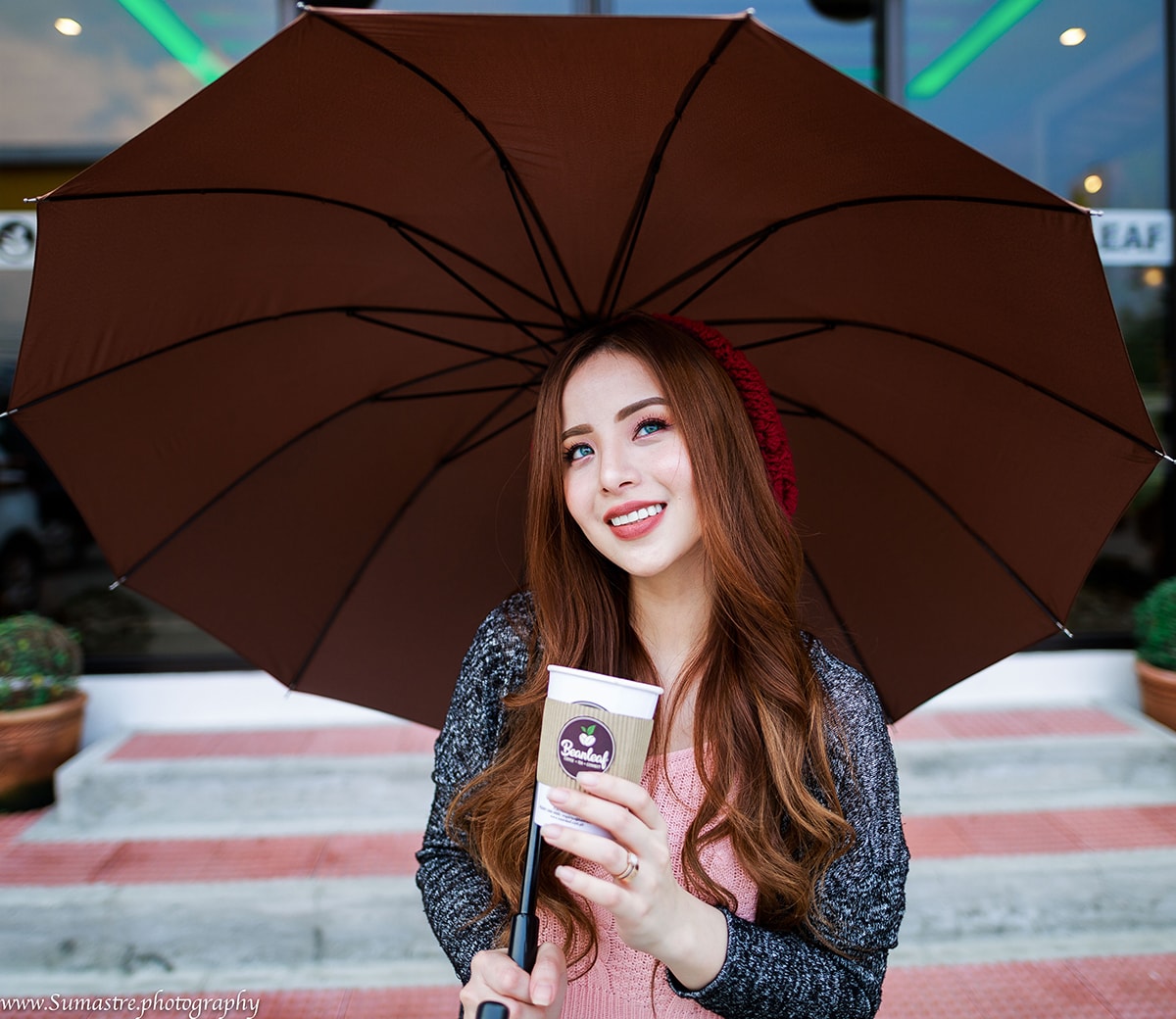
Photo by Michael Gabriel
The Quality
The Sigma 20mm f/1.4 Art adds more power to photos by coming out with absolutely sharp image – even at f/1.4. At f/4 and f/8, it’s almost as if you’re seeing everything taking shape right before your eyes. The resulting images are visually appealing.
Whether you’re shooting architecture, a couple situational portrait at dusk or an active sport scene, the Sigma 20mm f/1.4 Art Lens will work for you. You can play with its wide angle and experiment with how you want a particular image to come out. You can go simple or go for some bokeh effects. If you want extremely focused shots, you can rely on the Sigma 20mm’s autofocus feature courtesy of its Hyper Sonic Motor (HSM).
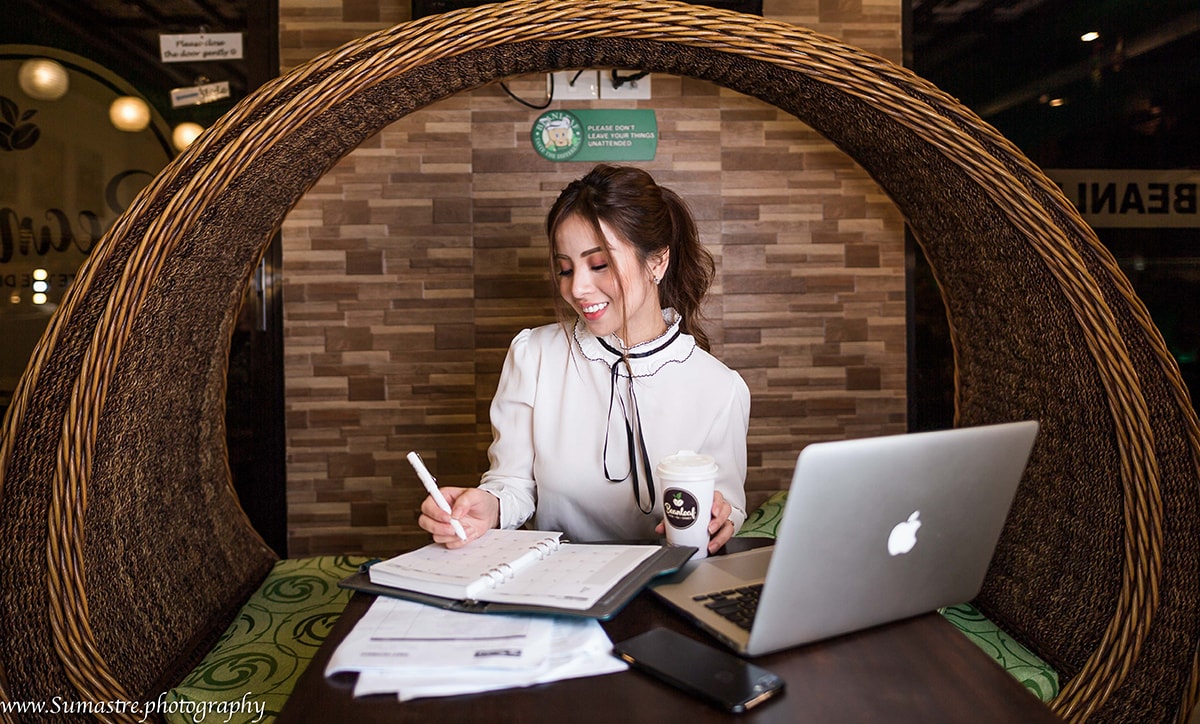
Photo by Michael Gabriel
You can shoot outdoors during the daytime and even at night. You may even be able to catch some bright stars since this lens can project really sharp images even when you’re doing astrophotography. You can capture the widest night sky you can ever imagine without worrying about the quality of your images.
The Perfect Lens for Situational Photography
This lens is my go-to lens when I have a situational portrait photoshoot. Its 20mm angle is enough to capture the environment of your subject. It’s also very versatile. You can either blur your background or have it in focus. You can use it at f/1.4 and still get a sharp image around your subject. If you have two subjects, you can still use f/1.4 provided your models are within the same plane. If you want more details on your background, you can go to f/6 or f/8 and still get a sharp image.

Photo by Michael Gabriel
Most of my situational portraits make use of negative space. This is the space on the left or right side of your subject. Negative spaces are used to put slogans, labels, campaign materials and branding logos. And this is where the Sigma 20mm comes in handy. Because of its wide angle, you can effectively communicate to your subject while still have some room for a negative space – without the distortion you usually get from an ultra-wide angle lens.
My Favorite Lens for Architectural, Interior Design and Real Estate Photography
I used to own the Canon 17-40mm f/4 L lens. It was my lens for architectural, interior design and real estate photography. The quality is there but it lacks the sharpness, saturation and contrast of the Sigma 20mm f/1.4 Art lens – especially for the green and blue hues. Although you’re giving up the extra 3mm angle, I will still use my Sigma lens over the Canon.

Photo by Michael Gabriel
However, when using the Sigma 20mm, I noticed something when limiting the image’s file size below 2MB (when exporting the photo through Lightroom). There’s a weird artifact and color fringing at the horizon – especially when the sky is blue. It only disappears when you limit the image’s file size to above 3MB. I did not experience this when using my Canon 17-40mm f/4 L.
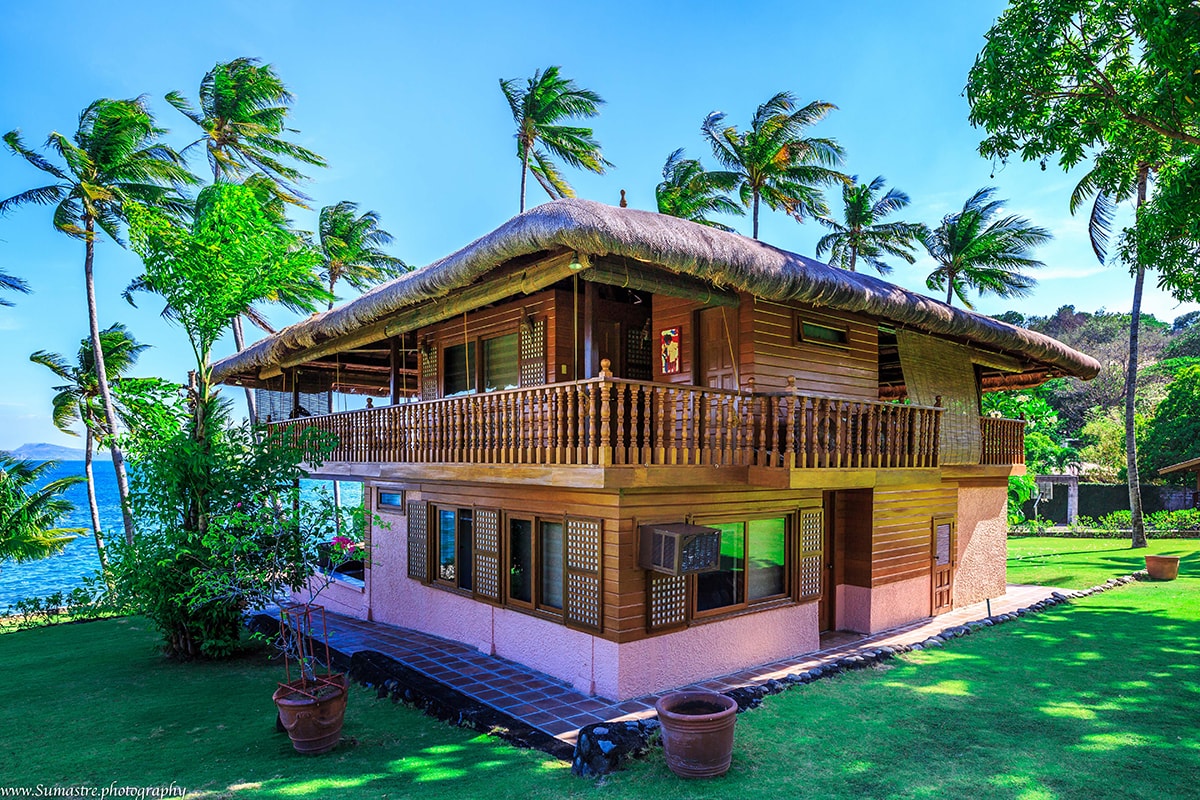
Photo by Michael Gabriel
The Other Uses of the Sigma 20mm f/1.4 (my all-in-one lens)
The Sigma 20mm f/1.4 Art lens for Canon is also good for close-up portraits, macro shots, product and food photography.
Indoors, the lens captures great images even with very little ambient light available. Your images will appear fresh and natural. Although it is not ideal for portrait, product and food photography, and macro shots, it’s my all-in-one lens for photoshoots. I recently had a 12-hour photoshoot where the client required me to take several situational portrait, product and food photos. The Sigma 20mm f/1.4 Art lens did the job very well. No more changing lenses in the middle of the shoot.
If you want to use bare flash, flash with soft box, or with a 300-piece LED light, this lens shines.

Photo by Michael Gabriel
The Downsides (but I can live with it)
There are three downsides to this lens: the weight, the front element, and the fact there’s no image stabilization.
The Sigma 20mm f/1.4 Art lens weighs approximately 950 grams. It also has a bulging and round front element, which does not allow you to use screw-in filters. If you’re a landscape photographer who uses filters, this lens is not for you.
I’ve used the Canon 17-40mm f/4 L lens for almost two years. It was my go-to lens for architectural, interior design and real estate photography. Compared to the Sigma 20mm f/1.4, the Canon lens is lightweight at 475 grams. You can feel the difference when you’re handholding the two lenses. Pair it with the Canon 5D Mark III, the Sigma lens is on the heavy side. However, you’ll get use to it after using the lens for a couple of weeks. I never use a tripod when shooting situational portraits but it feels natural on my right hand.
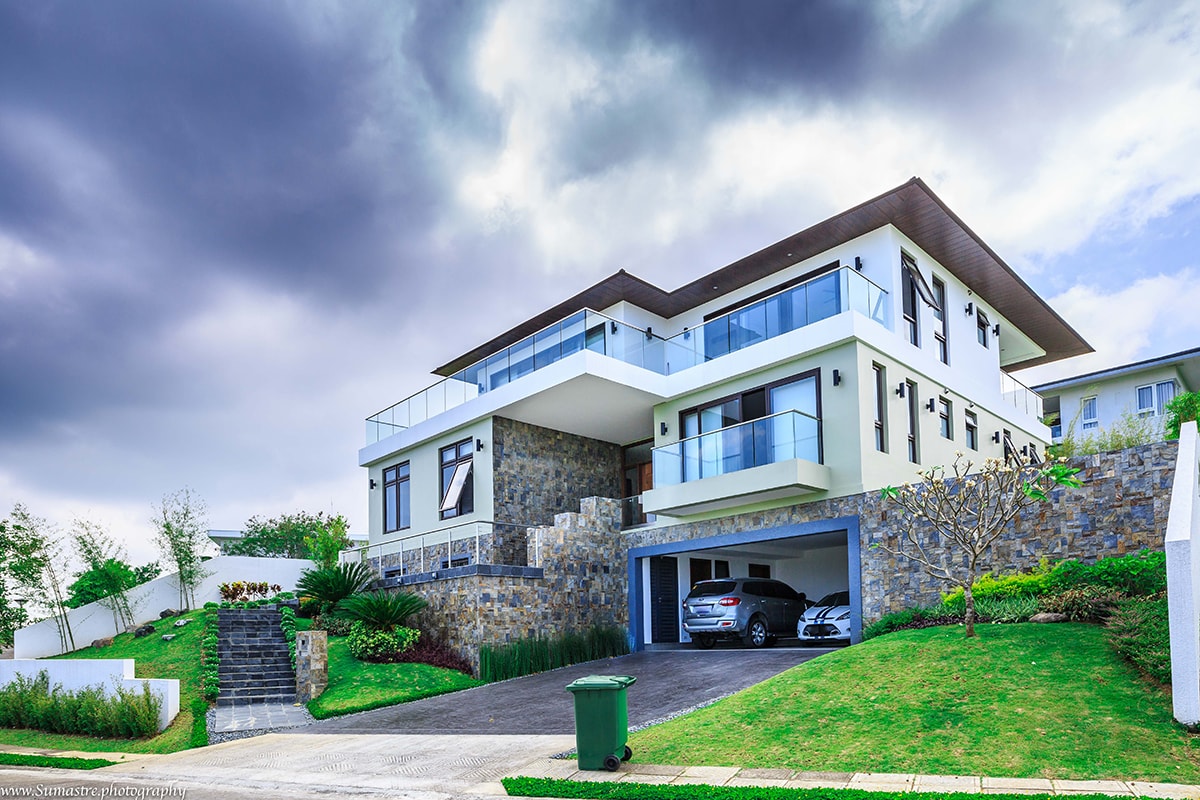
Photo by Michael Gabriel
I know it might sound crazy but the Sigma’s weight also makes for a sharper photo. It’s not too heavy (like the Canon 70-200mm f2.8L II) and not too light (like the Canon 50mm f1.8 STM).
I also miss the image stabilization feature on some of my Canon L lenses, which comes handy if you’re shooting at lowlight or at a slower shutter speed. With the Sigma 20mm f/1.4 Art lens, you can go as low as 1/50th of a second, handheld. Lower than that and you’ll risk having a blurry photo.
My remedy for this situation is use a tripod or increase the ISO. In my situational portrait photoshoots, which is always handheld, most of the time I use f/1.4. At this aperture, you can still use ISO 100-800 and 1/50th shutter speed even at night with a little light. Your photos will still come out like it was taken at dusk (not the golden hour though).
When taking interior design and real estate photos of a poorly lit house, you can use a steady tripod. Your photos will still come out great and sharp even at 1-2 seconds at f8 and ISO 100-200.
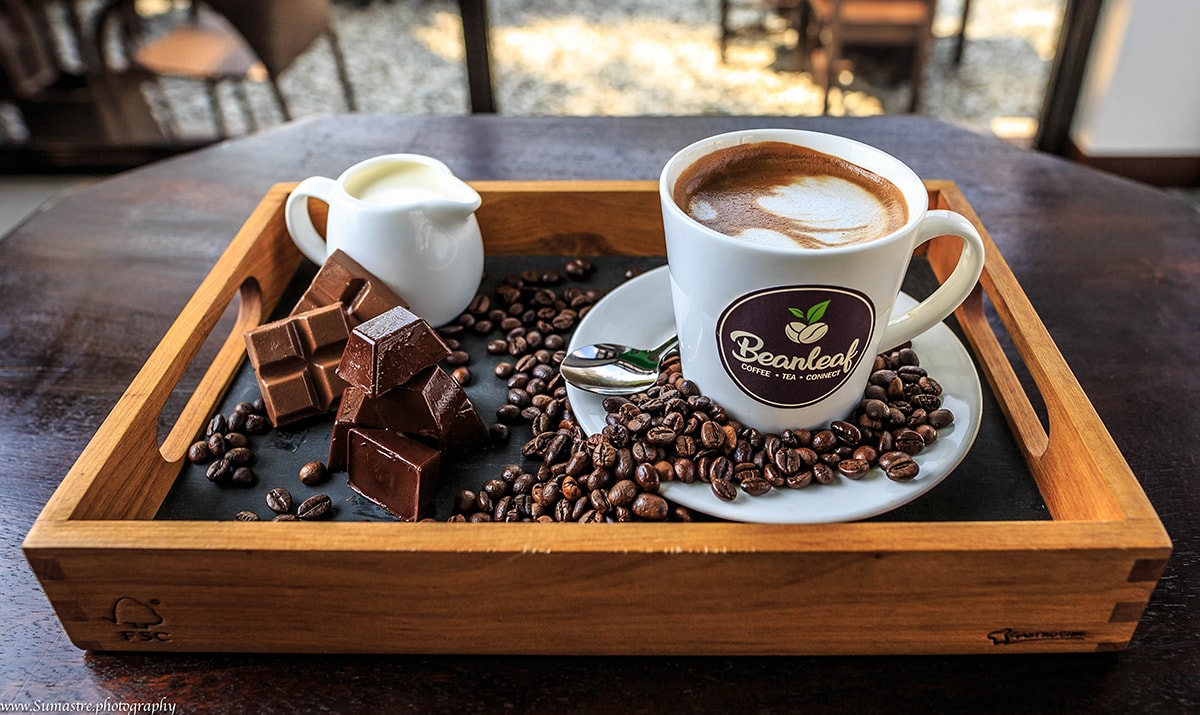
Photo by Michael Gabriel
Perfect for my Canon 5D Mark III
I use the Sigma 20mm f/1.4 Art lens with my Canon 5D Mark III. Its autofocus is quite accurate – even at f/1.4 and at lowlight. The size and weight of this lens complement to my camera’s. The combination of my Sigma 20mm f/1.4 Art lens and Canon 5D Mark III looks and feels very professional.
Final Score
If I could give a score to the Sigma 20mm f/1.4 Art lens, I would rate it 9.5/10. For my kind of work, it’s perfect. I never took it off my Canon 5D Mark III since I bought it.
You can find the Sigma 20mm f/1.4 Art lens on Amazon.
